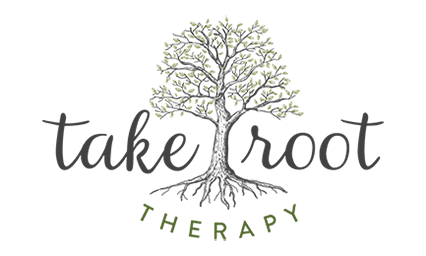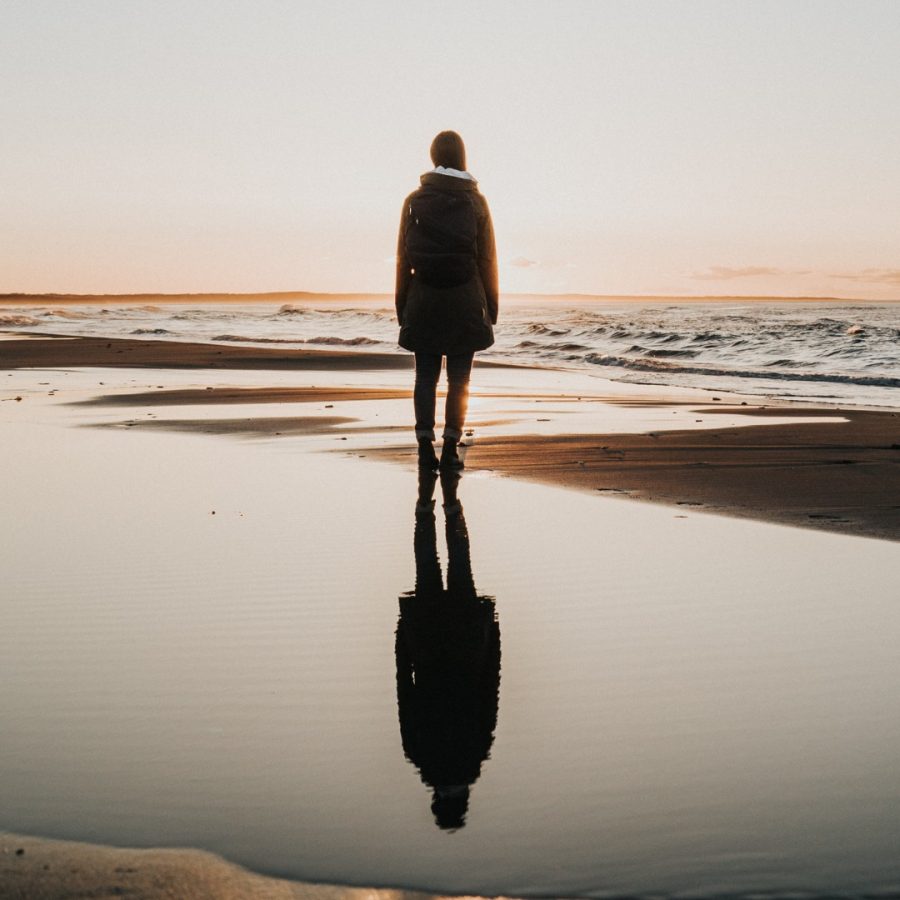Growing up, many of us were taught that we can, and should, try to make the world a better place. I remember after-school programs that cheered us on to dream big things and to change the world. I myself became a therapist because I desired to help others; that was how I thought I would change the world.
However, while the world is often a beautiful and hopeful place, it can also be a disappointing place. We see the same state-sanctioned violence against people of color over and over again. Political dysfunction continues. Chronic misunderstandings in relationships can be disheartening. Can we really change the world? Can people change?
The answer is yes, but often, it’s something each person has to want for themselves, and that desire often comes after a period of self-reflection. Self-reflection brings us the wisdom to know the difference between the things we cannot change, and the things we actually can. Audre Lorde wrote that instead of praying to accept what she couldn’t change, she would change the things she could no longer accept. Self-reflection was likely the first step that brought her to that resolution. She likely had to self-reflect and connect with her own inner wisdom to make that distinction.
Self-reflection is one of the most reliable predictors for well-being. It’s also associated with higher levels of resilience, and improved stress management. While many of us likely didn’t have self-reflection modeled to us in our families of origin, it’s a skill that we can work to develop as adults with intention.
Are you wondering how you can become more self-reflective, or begin to practice self-reflection more often? Here are some tips for changing the world with internal action:
- Become curious about your inner world. What makes you happy? What makes you upset? How do your moods change from day-to-day?
- Study your triggers, and compare them to the ways you’d potentially like to be. Many of us live and relate from a place of unconscious reaction rather than mindful response. Becoming self-reflective involves taking a hard look at ourselves and considering our impact.
- Consider keeping a journal or finding a therapist. Sometimes beginning to study ourselves can feel overwhelming, and having a “container” (in the form of a physical object or neutral professional) can make the process less scary and more manageable.
- Think about your adult self from the perspective of yourself as a child. Then consider yourself from the perspective of a much older version of you. How have you remained the same, and how have you changed? What are you most proud of?
Changing the world collectively, through external action, is possible. But it requires internal action from many people, engaging more mindfully with themselves and with the world at large. Often, when someone decides to enter therapy, it’s because they’ve noticed the same patterns coming up in their personal life, and they want support in examining those patterns consciously. When we allow ourselves to do that internal work, it truly can have a positive impact on our communities.
Through self-reflection, we can connect with what we truly want, realize what we most value, and become more accountable for the ways in which we show up in the world. The more people that do this work, the more the world will be changed– for the better.

